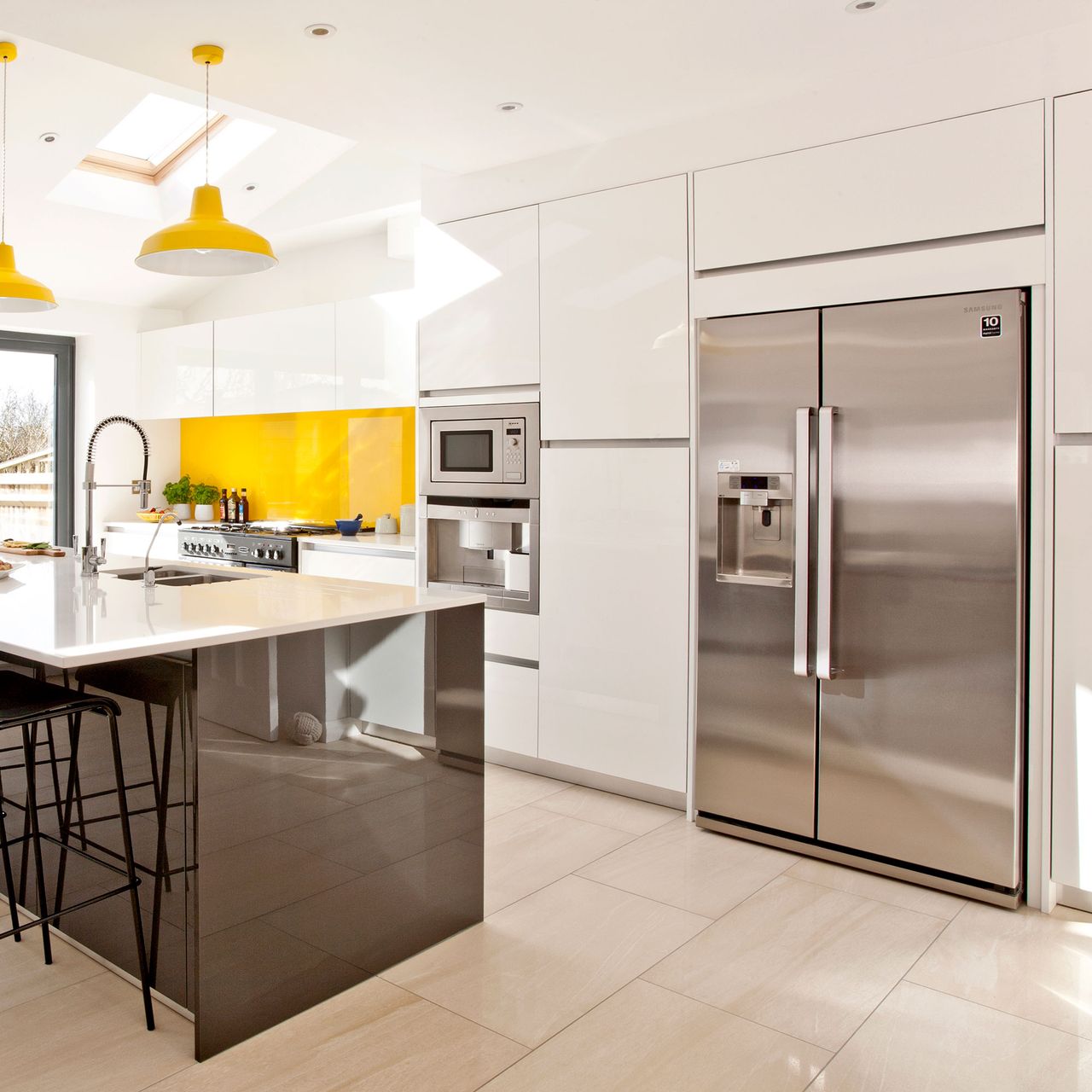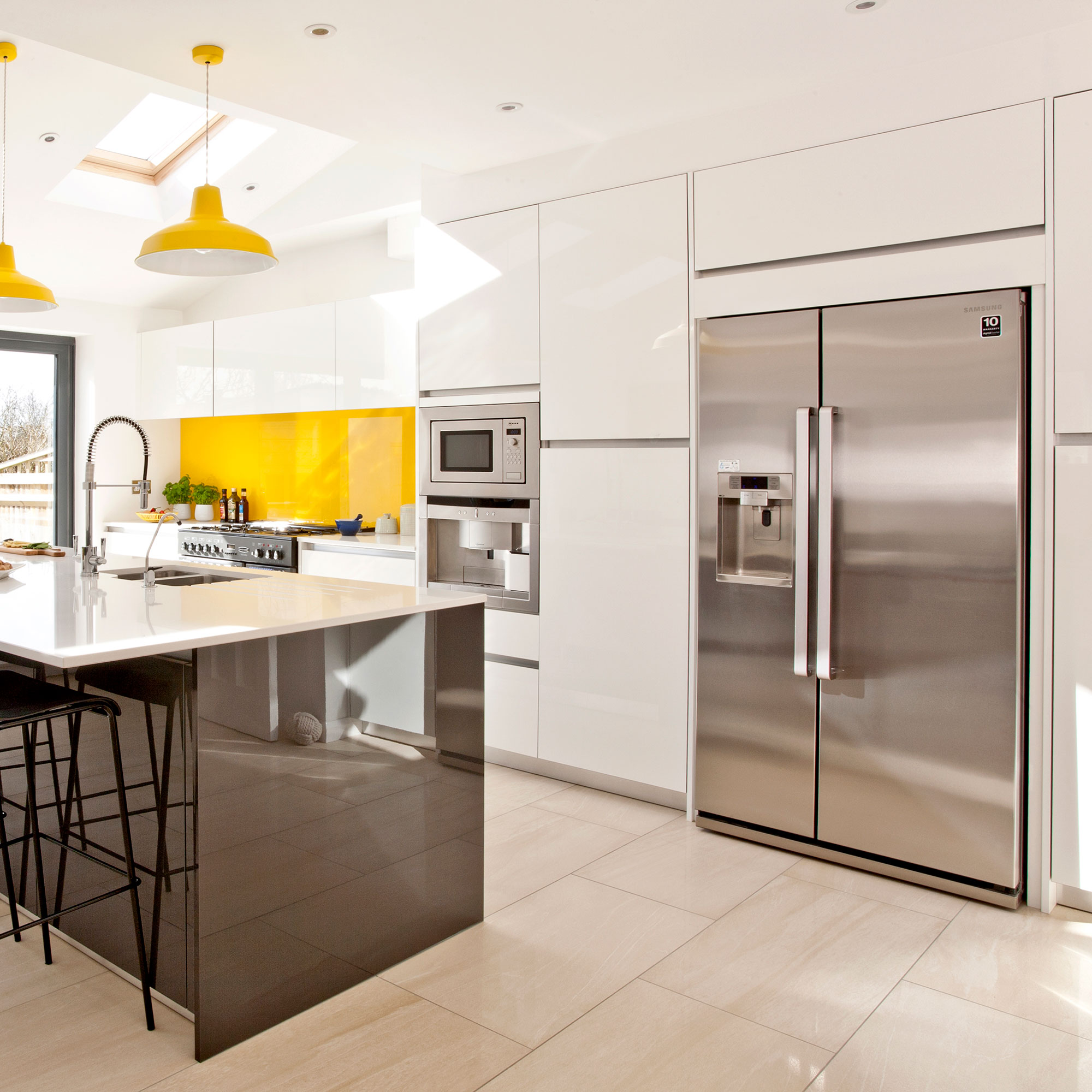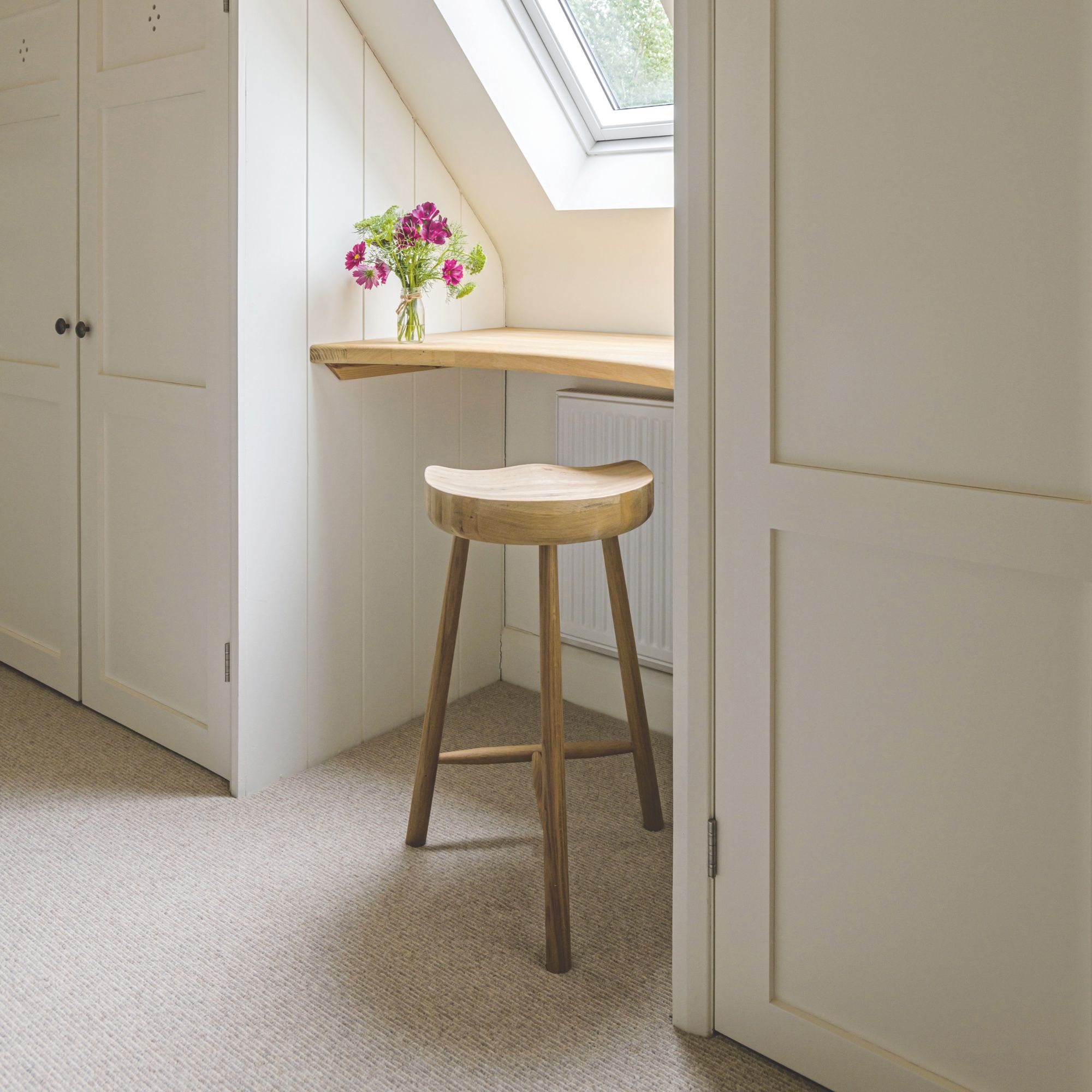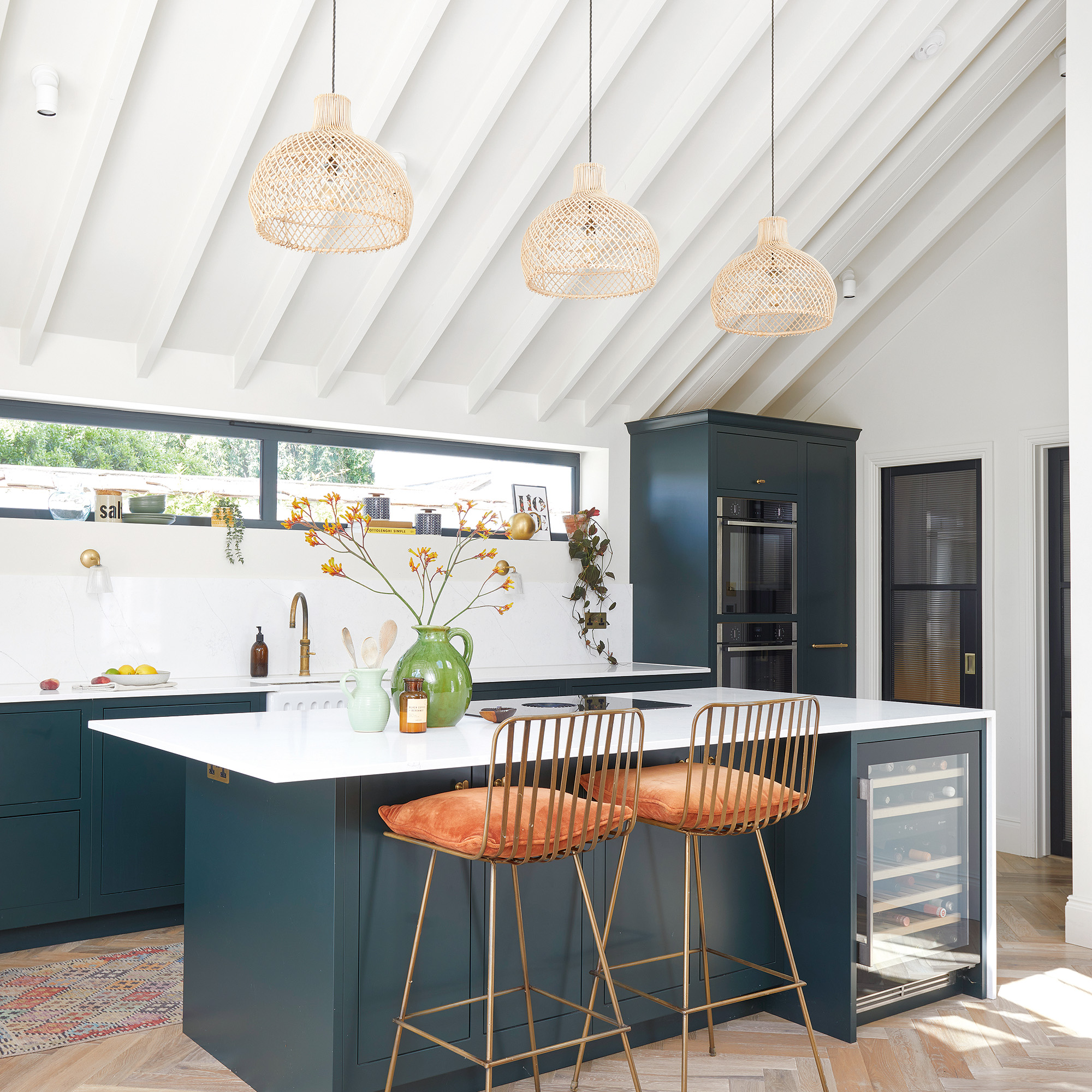
Thinking about installing underfloor heating at home? You're probably not alone.
Underfloor heating works by turning your floor into a heat emitter, thanks to water pipes or electric cables laid beneath the flooring. While there are both pros and cons to underfloor heating, it needs to be fitted in the right place in order for it to be a worthwhile investment.
It can be installed in any room in your home (although some installations will be easier than others, depending on whether you are choosing wet or electric underfloor heating). Making sure your home is well-insulated is key to a successful installation, but even if your insulation is up to scratch, experts say there are definitely some areas where you definitely shouldn't fit underfloor heating.
1. Under appliances

Underfloor heating in an open-plan kitchen diner is hugely desirable for many homeowners. After all, it'll free up wall space to give you loads of flexibility when it comes to furniture layout and placement of bifold or sliding doors, or even a picture window or two.
But while underfloor heating works really well in a space like this, it's important that the pipework is not laid beneath large appliances like fridge freezers, ovens and washing machines.
Putting underfloor heating beneath these appliances can cause them to overheat which can lead to damage and, in the case or fridges and freezers, cause them to use more energy to cool the items inside due to the additional heat exposure.
2. In a room where you want a thick carpet

If you love the feeling of a thick luxurious carpet beneath your feet, in your bedroom for example, then that's definitely not a spot for underfloor heating.
'Thick carpets act as an insulator on underfloor heating, especially with thick underlay, so a room where that is your objective won’t work as well as one with thin carpets or hard floors,' says Simon Bones, CEO and Founder at Genous.
If you heart is set on it though, make sure you choose a floorcovering that works well with underfloor heating — and you'll be pleased to know that carpet isn't entirely vetoed.
3. Under fitted furniture

Another spot that should be avoided when laying pipework for underfloor heating is beneath where fitted furniture is going to stand.
'Wet UFH is suitable for most areas of a home, but there are certain spaces where installation may cause issues, or the systems may not run as efficiently,' explains Ben Perris, Head of Sales for Indoor Climate Solutions at Wavin. 'Rooms with fixed furniture, such as fully fitted kitchens or walk-in wardrobes, limit usable heated floor area and can cause uneven heating.'
In addition to potentially causing the system to overheat, it's also possible that the pipework could be damaged when fitting the fixed units, which could then be very disruptive to fix.
It's much better to focus the pipework beneath open spaces so the heat generated can be more effective, rather than heating things kept in a cupboard.
4. Ba cautious with basements and wet rooms

So technically, this point isn't about not installing underfloor heating in these places entirely, it's more about exercising caution when doing so. While you can put underfloor heating in a basement or wet room, it may require special attention to ensure it runs most efficiently.
Ben explains: 'High-moisture spaces like basements or wet rooms can be tricky for wet UFH if they don't have proper insulation or vapour control. Without these, you might run into issues like condensation or poor efficiency.'
Knowing how to insulate a basement properly will help you if you want to install underfloor heating as part of a basement conversion project.
FAQs
What's the best way to ensure your underfloor heating is fitted properly?
The best way to be certain that your underfloor is fitted properly and in the right place is to use a reputable professional to install it.
Not only will they be able to advise on the best type of underfloor heating for your specific home, they will ensure that the pipework is laid correctly, and that it's insulated properly so that you get the maximum benefit from it in terms of heat output and energy efficiency.
They will also advise you how best to acclimatise the system when using it for the first time, as well as how to use it in the most efficient way to keep your bills as low as possible.
Now you know where not to opt for this kind of heat emitter, you should also check out the things experts want you to know before you install underfloor heating.







